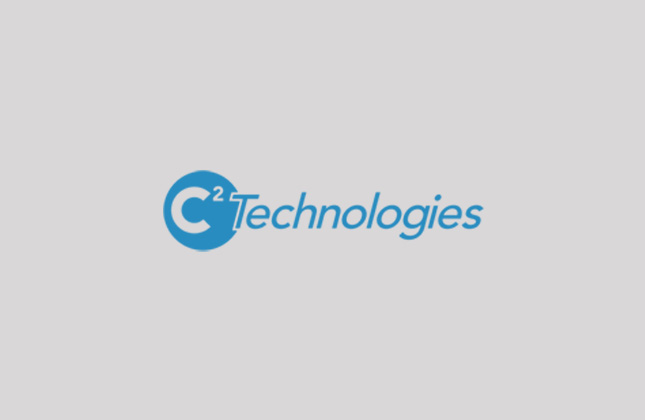Neuroscience and the Path to True Artificial Intelligence

Sun setting OPM/TMA Contract, Heralding GSA HCaTs – My Personal Journey
October 25, 2016
The Magical Ingredient You Need to Unleash Virtual Engagement
April 29, 2020Alex Cox, Entrepreneur | Innovator | Product Designer | Product Manager at Expedia, Inc.
November 10, 2016. Today, computer-science is king. The best paying jobs and the best companies all revolve around it. Our tools are getting smarter and easier to use with their learning curves getting shorter every year.
Making a website has never been easier with many online tools creating your online storefront is just a few clicks away when it used to involve hiring a whole design and engineering team. Now, an algorithm can even design and create your website for you.
As we become better at creating, our machines become more adept at understanding.
Every year our still young artificial intelligent algorithms get significantly smarter. To continue this trend, however, we will need a deeper understanding of our own brains.
Most of our AI algorithms, such as computer vision and natural language processing, are based on our brain’s circuitry. Machine vision uses overlapping field areas much like the brain’s visual cortex uses to asses the images on your retina.
Massive neuroscience projects such as the multi-billion dollar Human Connectome project, which aims to map the human brain’s connections, is of questionable worth to neuroscientists. But this connectome project is invaluable for computer scientists hoping to create a silicon brain.
Our best bet to make AI equal to or smarter than a human, true AI, is this human connectome neuroscientists are trying to generate.
In theory, once we have the map of the mind we could mimic its construction to make a new computer that essentially replicates a human brain. But just because we have the map does not mean we have all the pieces. The map’s completion will be akin to sequencing human DNA for the first time. Sequencing the DNA took fifteen years, but understanding it will take a century.
Similarly, for the connectome, once we have the map we will need to understand how each component of the circuit functions. Unlike transistors, neurons are not just on or off. They have many types of signaling depending on the type of cell and synapse. These various forms of signaling result in many different actions and effects. On top of the complicated electrical signaling there is the poorly studied glial cell chemical signaling. Glial cells were once thought to just be the maintenance cells for the neurons, but increasing evidence suggests they too have profound effects neuronal signaling. Needless to say, there is still much work to be done before we can hope to properly mimic a human brain in silicon, but the human connectome project is our first large step towards that ultimate goal.
Our AI algorithms will continue to get smarter and better, but without significant advances in our understanding of the brain we aren’t likely to attain true AI. Only with neuroscience and computer science working together can these large scale AI advances be made. Evolution has had millions of years to perfect the brain’s circuitry. Now it’s our turn to translate that map to our silicon world and make the leap to true AI.









